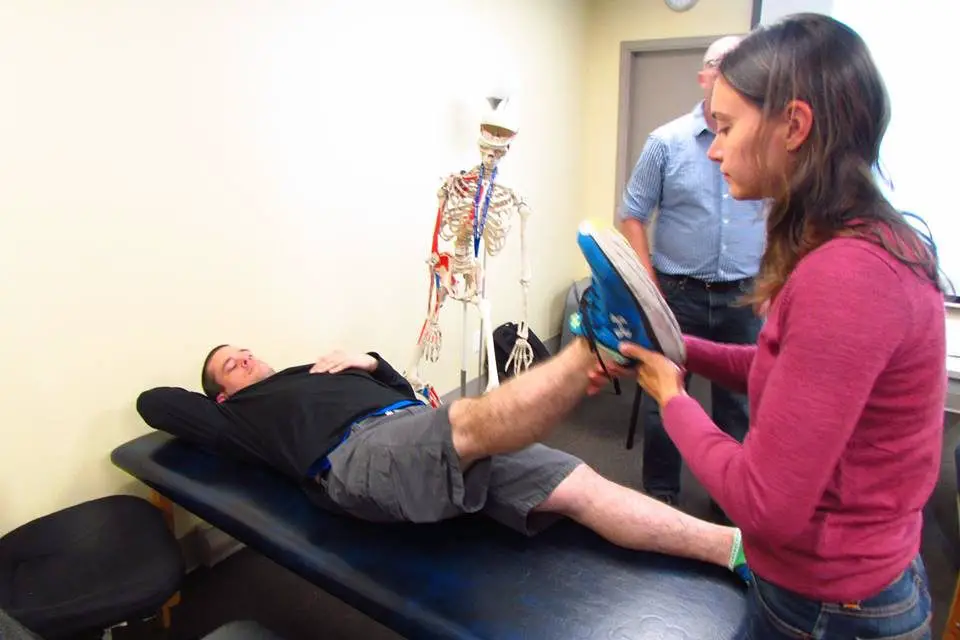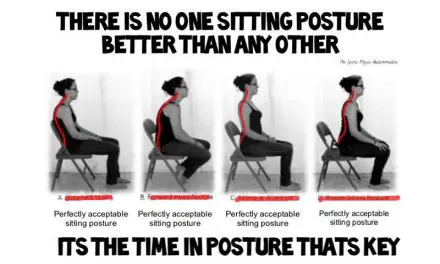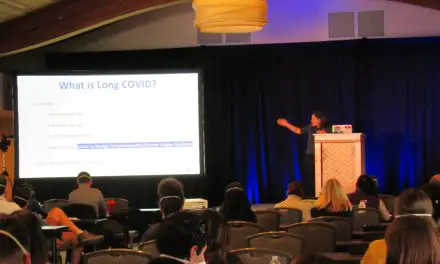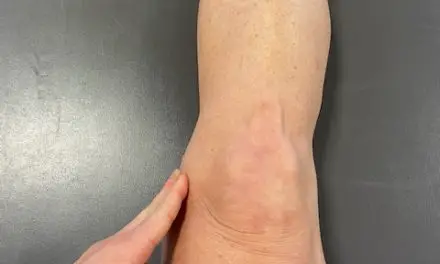What’s the difference between a RMT and a LMT?
While the titles registered massage therapists (RMTs) and licensed massage therapists (LMTs) are often used interchangeably, there are significant differences between them if you’re considering a career in massage therapy. One key contrast between RMTs and LMTs lies in their education and training requirements. While neither needs a bachelor’s degree, both must undergo training programs and classroom education. In these programs, they learn about anatomy, physiology, and massage techniques. Generally, RMTs refer to therapists who practice in Canada while LMTs are U.S. based.
In Canada, RMTs are federally regulated in some provinces and have a fairly universal standards of practice, which can vary among provinces. While many of these standards are common practice in many massage establishments in the U.S., they are formal bylaws in Canada. Although the RMT profession is overseen by its College of Massage, the Ministry of Health in each regulated province has the authority to review and make certain changes to the College’s regulations.
RMTs have a similar scope of practice as LMTs in the U.S. and is defined by CMTO as “the assessment of the soft tissue and joints of the body and the treatment and prevention of physical dysfunction and pain of the soft tissue and joints by manipulation to develop, maintain, rehabilitate or augment physical function, or relieve pain.”
The biggest difference is that massage is universally regulated as a healthcare profession in Canada, which is something many therapists have been pushing for in the U.S. Currently, only five provinces are regulated as healthcare professions:
- British Columbia
- Ontario
- Newfoundland & Labrador
- New Brunswick
- Prince Edward Island
RMTs are held to stricter requirements than LMTs. Schooling in the U.S. is usually categorized in hours with the requirements ranging from zero in unlicensed states to 1,000 hours in Nebraska and New York. Training in Canada is measured by months and requirements range from 18 to 36 months or 2,200 to 3,000 hours.
RMTs are not required to complete a specified number of hours, but all accredited programs will cover subjects like pathology, manual therapy, exercises, and home care prescriptions far more in depth than in the U.S. RMTs must meet the requirements of the province in which they intend to work.
Each province has its own College of Massage Therapists from which massage is regulated, and all practicing massage therapists must register with the college in their respective area:
Massage Continuing education
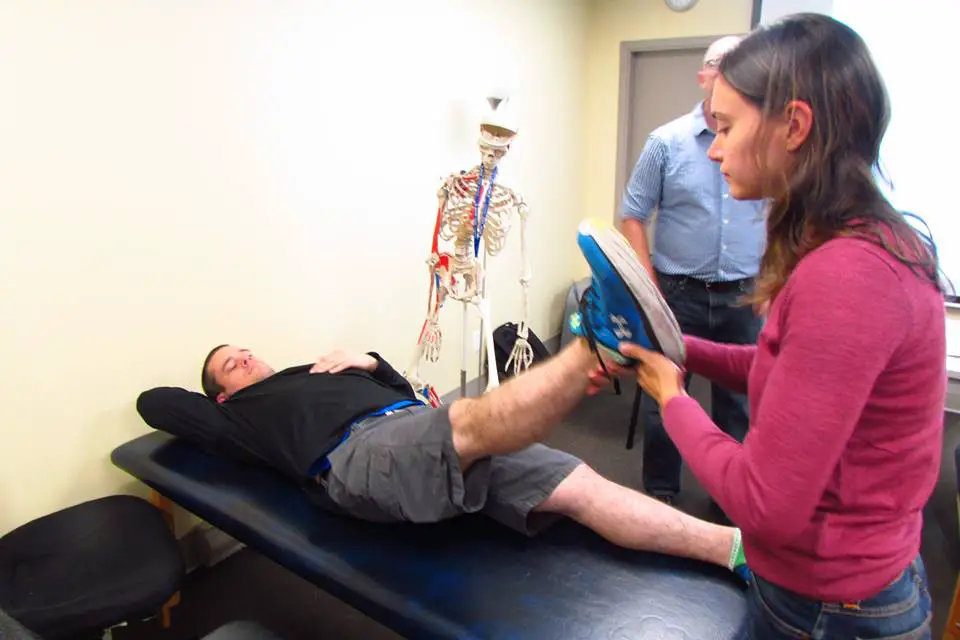
Jamie Johnston (RMT) and Marie Zahn (LMT) at Cory Blickenstaff’s “edge work” workshop in Victoria, BC., Oct. 2016. (Photo by Nick Ng)
Much like teachers, doctors, and other occupations with constantly evolving practices, massage therapists are often required to show proof of continuing their education. Continuing education courses are usually broken down into units (CEUs), and for those who wish to maintain their credentials, it’s often mandatory for them to complete a certain amount of CEUs within a defined period of time.
These are enforced either by the state or county; however, insurance companies like the one offered by the American Massage Therapy Association (AMTA) will compel the completion of CEUs in order for massage therapists to maintain their liability insurance, but some employers may require additional certifications to perform specific massages, such as lomi lomi and shiatsu.
Requirements for continuing education vary just as widely as the legal requirements for licensing and certification. There’s no black and white answer because these variations are subject to state or territory.
Remember that RMTs are regulated in Canada as healthcare professionals whereas LMTs may not be held as such standard in the U.S. Depending on state regulations, LMTs may also be permitted to work alongside other healthcare professionals in clinical settings where the standard of care is upheld by their workplace.

Lindsay Jones, LMT
Lindsay is a licensed massage therapist and a mother of three, who specializes in rehabilitation with emphasis on prenatal and postnatal care.
After graduating from the National Holistic Institute in San Jose, Calif., she went on to study how pain affects the body and how it can be alleviated during the constant changes of pregnancy and early motherhood.
In her free time, Lindsay has a deep love of all forms of art from storytelling and music to sewing and painting.

